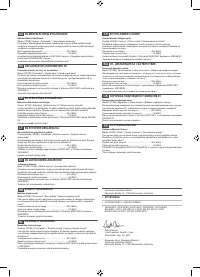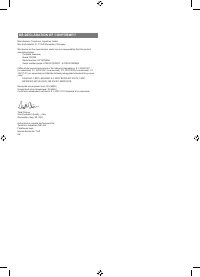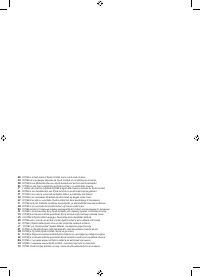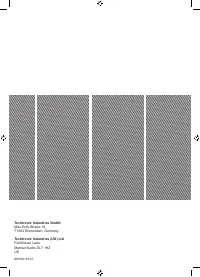Электропилы Ryobi+ RY18CS20A-0 - инструкция пользователя по применению, эксплуатации и установке на русском языке. Мы надеемся, она поможет вам решить возникшие у вас вопросы при эксплуатации техники.
Если остались вопросы, задайте их в комментариях после инструкции.
"Загружаем инструкцию", означает, что нужно подождать пока файл загрузится и можно будет его читать онлайн. Некоторые инструкции очень большие и время их появления зависит от вашей скорости интернета.
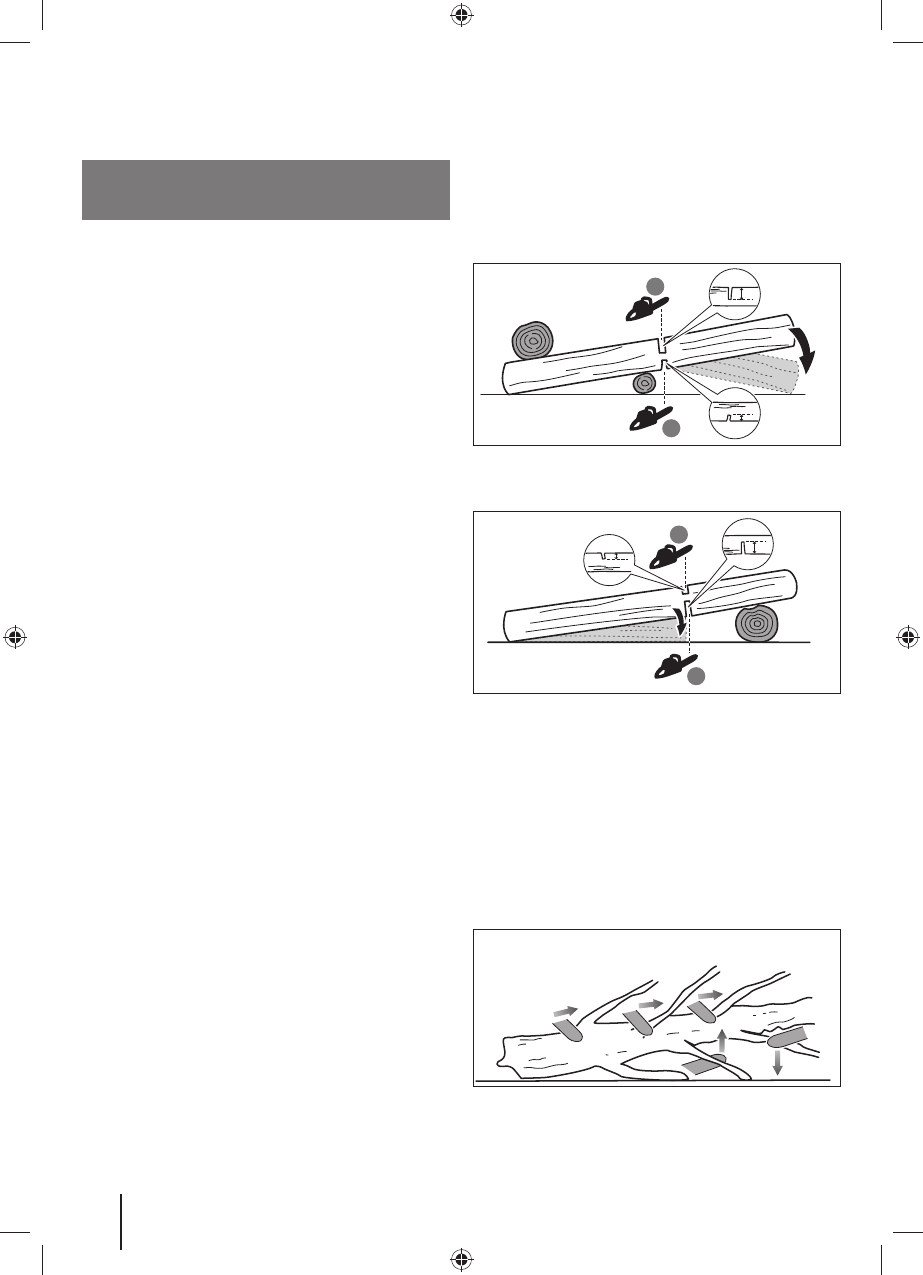
6
Original Instructions
■
Charge the battery pack in a location where the ambient
temperature is between 10°C and 38°C.
■
Store the battery pack in a location where the ambient
temperature is between 0°C and 20°C.
INSTRUCTIONS CONCERNING THE PROPER
TECHNIQUES FOR BASIC LIMBING AND CROSS-
CUTTING
UNDERSTANDING THE FORCES WITHIN THE WOOD
When you understand the directional pressures and
stresses inside the wood, you can reduce the pinches or at
least expect them during your cutting. Tension in the wood
means the
fi
bres are being pulled apart, and if you cut in this
area, the kerf or cut tends to open as the saw goes through.
If a log is being supported on a saw-horse and the end is
hanging unsupported over the end, tension is created on
the upper surface due to the weight of the overhanging log
stretching the
fi
bres. Likewise, the underside of the log is
compressed and the
fi
bres are being pushed together. If a
cut is made in this area, the kerf tends to close up during the
cut. This cut would pinch the blade.
PUSH AND PULL
The reaction force is always opposite to the direction the
chain is moving. The operator must be ready to control the
tendency for the product to pull away and push backwards.
The product pulls away (forward motion) when cutting on
the bottom edge of the bar. The product pushes backwards
(towards the operator) when cutting along the top edge.
SAW JAMMED IN THE CUT
Turn o
ff
the product, and remove the battery pack. Do not
try to force the chain and bar out of the cut as this is likely
to break the chain, which may swing back and strike the
operator. This situation normally occurs because the wood
is incorrectly supported, which forces the cut to close under
compression, thereby pinching the blade. If adjusting the
support does not release the bar and chain, use wooden
wedges or a lever to open the cut and release the saw.
Never try to start the chainsaw when the guide bar is already
in a cut or kerf.
SKATING/BOUNCING
When the chainsaw fails to dig in during a cut, the guide
bar can begin hopping or dangerously skidding along the
surface of the log or branch, possibly resulting in the loss
of control of the chainsaw. To prevent or reduce skating or
bouncing, always use the saw with both hands. Make sure
that the saw chain establishes a groove for cutting.
Never cut small,
fl
exible branches or brushes with your
chainsaw. Their size and
fl
exibility can easily cause the
saw to bounce towards you or bind up with enough force
to cause a kickback. The best tool for that kind of work is
a hand saw, pruning shears, an axe, or other hand tools.
REMOVING BUTTRESS ROOTS
A buttress root is a large root extending from the trunk of
the tree above the ground. Remove large buttress roots
before felling. Make the horizontal cut into the buttress
fi
rst,
followed by the vertical cut. Remove the resulting loose
section from the work area. Follow the correct tree felling
procedure after removing the large buttress roots.
BUCKING A LOG
Bucking is cutting a log into lengths. It is important to make
sure your footing is
fi
rm and your weight is evenly distributed
on both feet. When possible, the log should be raised and
supported by the use of limbs, logs or chocks. Follow the
simple directions for easy cutting. When the log is supported
along its entire length, it is cut from the top (overbuck).
When the log is supported on one end, cut 1/3 the diameter
from the underside (underbuck). Then make the
fi
nished cut
by overbucking to meet the
fi
rst cut.
1
2
1/3
2/3
When the log is supported on both ends, cut 1/3 the
diameter from the top (overbuck). Then make the
fi
nished
cut by underbucking the lower 2/3 to meet the
fi
rst cut.
2
1
2/3
1/3
When bucking on a slope always stand on the uphill side of
the log. To maintain control when “cutting through”, release
the cutting pressure near the end of the cut without relaxing
your grip on the chainsaw handles. Do not let the chain
contact the ground. After completing the cut, wait for the saw
chain to stop before you move the chainsaw. Always stop
the motor before moving from tree to tree.
LIMBING A TREE
Limbing is removing the branches from a fallen tree. When
limbing, leave larger lower limbs to support the log o
ff
the ground.
Remove the small limbs in one cut. Branches under tension
should be cut from the bottom up to avoid binding the chainsaw.
SPRINGPOLES
A springpole is any log, branch, rooted stump, or sapling
that is bent under tension by other wood so that it springs
back if the wood holding it is cut or removed.
Характеристики
Остались вопросы?Не нашли свой ответ в руководстве или возникли другие проблемы? Задайте свой вопрос в форме ниже с подробным описанием вашей ситуации, чтобы другие люди и специалисты смогли дать на него ответ. Если вы знаете как решить проблему другого человека, пожалуйста, подскажите ему :)


























































































































































































































